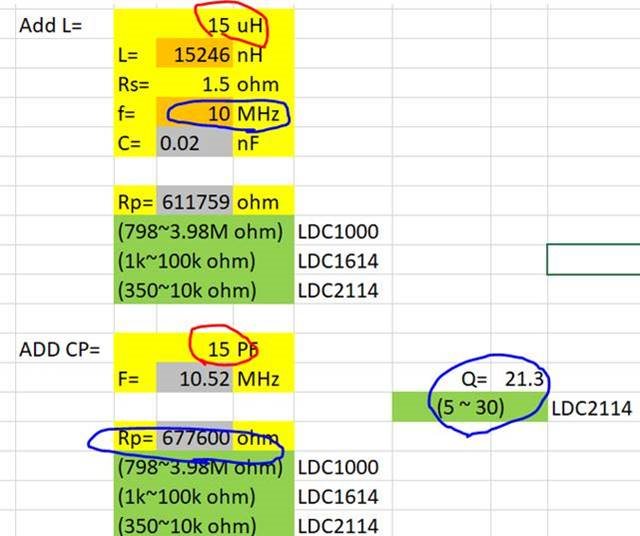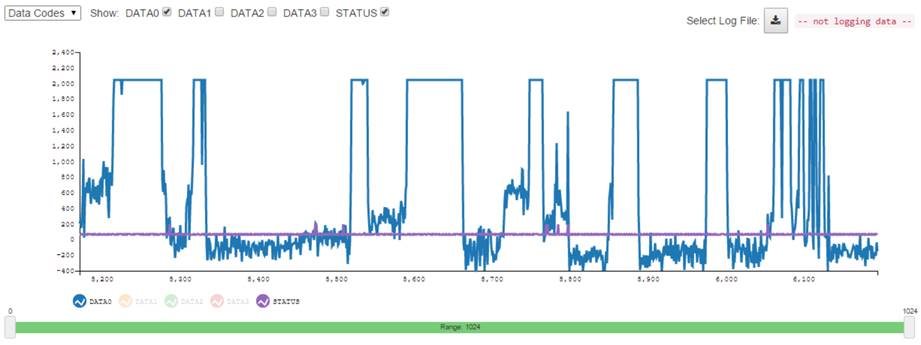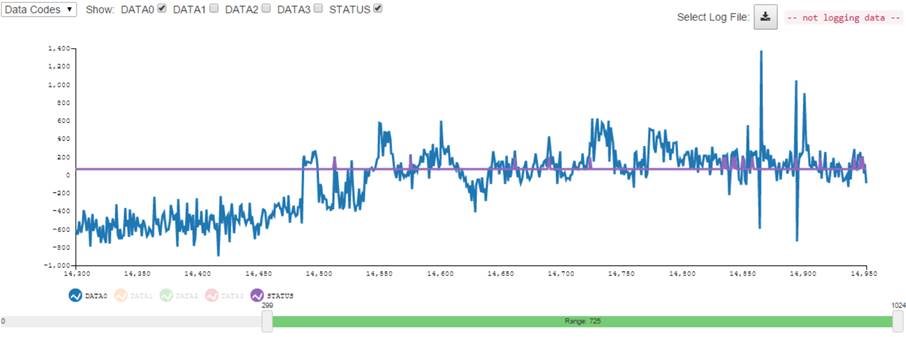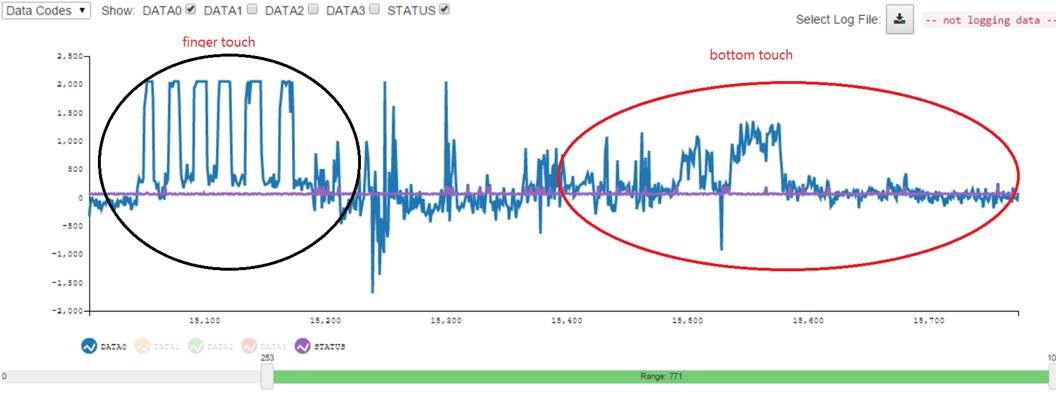Other Parts Discussed in Thread: LDCCOILEVM, LDC1614
Hi Sir,
We uses LDC2114 EVM and setup: L=15uH (MLZ2012M150W), C=15pF (NPO)
These values will:
fsensor=10MHzèok
Q=21.3èok
Rp=612Kè over spec (350~10K ohm)
But it looks not working on EVM, would you pls advise how we can let EVM working formal?
Thanks, Ian.









